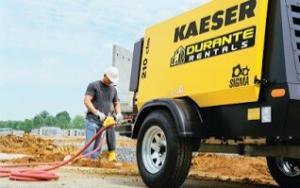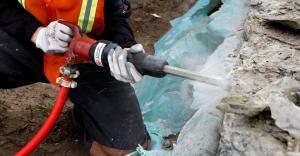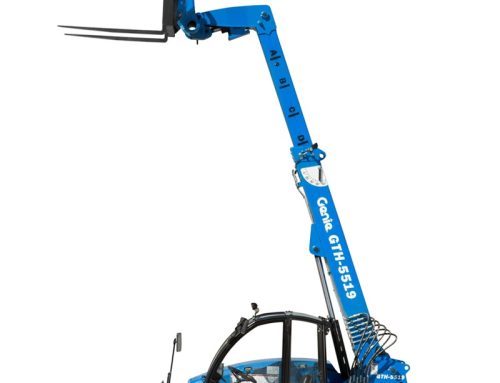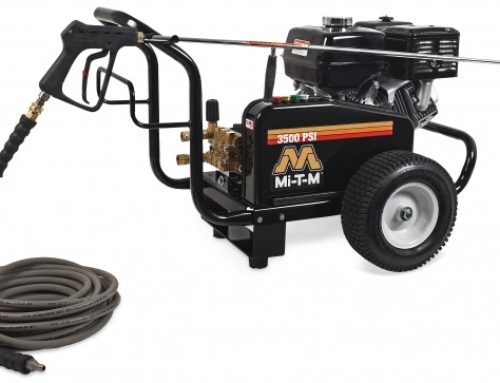
What is CFM? Most construction projects rely on air compressors to power their job-sites and equipment. They power a wide range of tools like pneumatic hammers, rock drills, and concrete power cutting saws. A truck can’t pull a load without adequate horsepower, just like your air compressor can’t power your pneumatic equipment if it doesn’t generate enough CFM. So, what is CFM? CFM (Cubic Feet per Minute) is the measurement used to describe how much air your compressor releases every minute.
Industrial air compressors use a diesel engine to draw in air, compress it, and release it in a powerful flow. Air is pulled into a chamber and compressed by two rotary screws, and then released from a nozzle at the other end. This air can be used to power several pneumatic machines at once, including paving breakers, chipping hammers, clay diggers, rivet busters, sandblasters, and rock splitters.
CFM vs. PSI

PSI (pounds per square inch) is another important measurement for airflow but shouldn’t be confused with CFM. PSI refers to the force of the air your machine can put out (measured in pounds). On the other hand, CFM refers to the total volume of the air your compressor can release (measured in square feet). For example, if you were to blow air onto a piece of paper, the PSI would be the paper’s pressure, and the CFM would be the volume of the air you were blowing out.
With pneumatic machines, the higher the PSI, the harder your attachment will drive. The greater the CFM, the faster it will work. For example, your pneumatic nail gun might be able to deliver nails at 100 PSI of force, but if your CFM is too low, it might only build up enough force to deliver one nail a minute. Alternatively, an adequate CFM will allow you to deliver a nail at 100 PSI every second.
How Many CFM Do I Need?
 Most air compressors come with outputs of 185 CFM, but they can range all the way up to thousands of CFM. Attachments will generally come with information on their CFM requirements. Breakers can range from 49 to 91 CFM, spikes are around 73 CFM, rock drills can be anywhere from 46.6 to 129 CFM, and chipping hammers generally won’t exceed 32 CFM.
Most air compressors come with outputs of 185 CFM, but they can range all the way up to thousands of CFM. Attachments will generally come with information on their CFM requirements. Breakers can range from 49 to 91 CFM, spikes are around 73 CFM, rock drills can be anywhere from 46.6 to 129 CFM, and chipping hammers generally won’t exceed 32 CFM.
If you only use one tool at a time, your compressor should generate enough CFM for your tool with the highest CFM requirements. If you plan to use more than one tool at a time, your compressor should be able to provide the total CFM of all machines in use. For example, if you plan to use a 55 CFM spike and a 100 CFM rock drill simultaneously, your compressor should have an output of at least 155 CFM. For more questions about CFM’s, compressors, or pneumatic equipment, visit duranterentals.com or call 1-800-DURANTE today!









